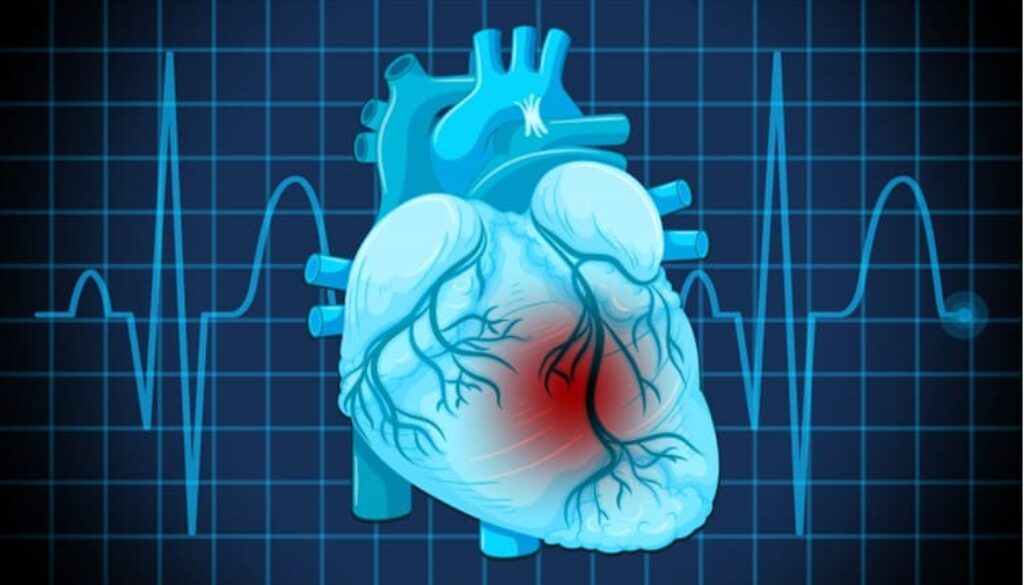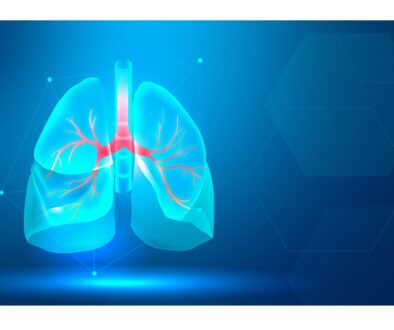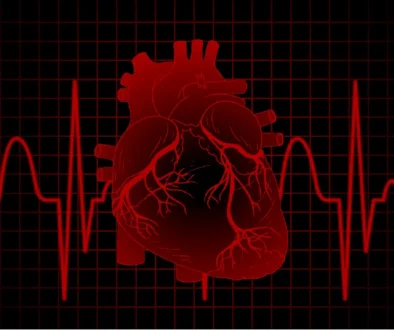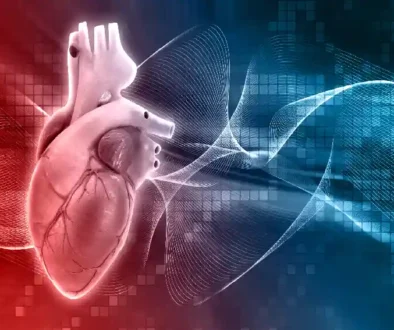The Second Most Commonly Inherited Heart Disease
Familial Dilated Cardiomyopathy
It is a genetic disorder of the heart. It runs in families (familial). A type of heart disease in which the heart (cardiac) muscles of one of the chambers of the heart become weak and thin. When this happens, the open area of the affected chamber dilates or enlarges. This may result in loss of the ability of the heart to pump blood in an efficient manner. The heart tries to compensate for this defect by increasing the amount of blood passing through it. When you work too harder the muscles further weaken and thin. Over a period of time, the condition may lead to heart failure.
The heart muscles become weak and thin in dilated cardiomyopathy – whereas in hypertrophic cardiomyopathy the heart muscles become thick. When the affected muscles stretch the heart chamber enlarges and pumps the blood less efficiently. This may eventually lead to a condition where the heart fails to pump the blood less efficiently compromising the requirements of the body.
What are the signs and symptoms of familial dilated cardiomyopathy?
The signs and symptoms associated with this condition include the following:
- Heart murmur (this is often the first symptom)
- Shortness of breath (dyspnea)
- Fatigue (unusual tiredness)
- Irregular heartbeats
- Fainting episode (syncope)
- abdominal and legs swelling
- Dizziness or lightheadedness
- Cough and congestion
- Unexpected fluid gain due to fluid accumulation
Many people with this condition do not notice or experience any symptoms. When the symptoms go unnoticed, the damage becomes silent and causes major health issues. If familial dilated cardiomyopathy goes undetected and is left untreated, it can lead to heart failure and early death.
The symptoms develop gradually and may take up to several years to cause any serious health issues. In general, symptoms may begin in mid-adulthood but can occur at any time from infant stage, adolescence to late adulthood. There is a variation in the severity of symptoms in affected individuals or among the members of the same family.
What causes familial Dilated Cardiomyopathy?
In a majority of the cases, the cause is unknown and is often genetic as the condition runs in families. If a cardiologist attributes the cause to certain factors, they may include the following:
- Heart attack
- Diabetes
- Congenital heart disease
- Complications during pregnancy or after childbirth
- After chemotherapy
- Alcohol use
- Viral myocarditis
- Uncontrolled high blood pressure
- Thyroid disease
- Use of recreational drugs (cocaine)
- Myocarditis infections
- Heart valve disease
- Viral hepatitis.
- HIV
When is this condition a cause for concern?
Your risk for familial dilated cardiomyopathy increases if you have a first-degree relative who died in an unexplainable manner or suddenly before reaching age 35. Furthermore, your risk will be high if you have one or more relatives with this condition without any known cause. Anyway, you should consult your cardiologist to discuss your risks and also about undergoing the screening tests for this condition.
What other complications are associated with dilated cardiomyopathy?
The following complications are associated with dilated cardiomyopathy:
- Angina (chest pain)
- Sudden cardiac arrest
- Heart attack
- Stroke
- Blood clots in your heart
- Heart valve disease
- Abnormal heart rhythms (arrhythmia)
Treatment for Familial Dilated Cardiomyopathy
The aim of familial dilated cardiomyopathy treatment is to manage symptoms and prevent the disorder from becoming worse and prevent life-threatening complications. Cardiologists prescribe a variety of medications to protect you from life-threatening complications. The medications include diuretics, ACE inhibitors, Beta-blockers, and blood thinners.
Lifestyle changes can improve the condition and effectiveness of medicines. Eating a healthy and balanced diet – a variety of fruits and vegetables, lean proteins chicken, and fish; quitting recreational drugs, alcohol, and smoking, and increasing physical activity can help in effective management of the condition.




